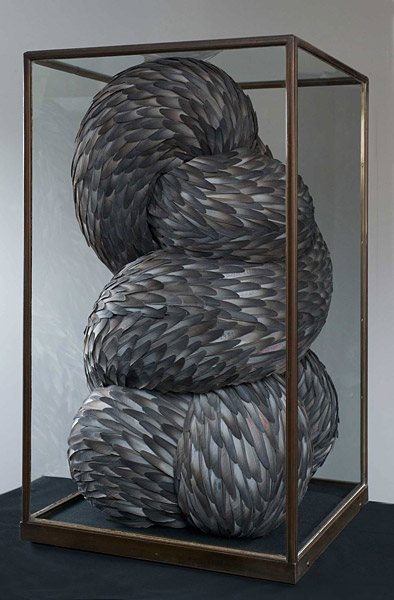
Marguerite and Lisa sent this to me yesterday. Hersheys has got a way to figure out your age without you even having to tell how old you are. How do they do it? By chocolate math! Below is the email:
Don't tell me your age; you probably would tell a falsehood anyway-but the Hershey Man will know! YOUR AGE BY CHOCOLATE MATH
This is pretty neat.
DON'T CHEAT BY SCROLLING DOWN FIRST!
It takes less than a minute .
Work this out as you read .
Be sure you don't read the bottom until you've worked it out!
This is not one of those waste of time things, it's fun.
1. First of all, pick the number of times a week that you would like to have chocolate (more than once but less than 10)
2. Multiply this number by 2 (just to be bold)
3. Add 5
4. Multiply it by 50 -- I'll wait while you get the calculator
5. If you have already had your birthday this year add 1759 ..
If you haven't, add 1758.
6. Now subtract the four digit year that you were born.
You should have a three digit number
The first digit of this was your original number
(i.e., how many times you want to have chocolate each week).
The next two numbers are
YOUR AGE! (Oh YES, it is!!!!!)
THIS IS THE ONLY YEAR (2009) IT WILL EVER WORK, SO SPREAD IT AROUND WHILE IT LASTS.
My answers as I worked through were
1) 3
2) 6 (multiplied by 2)
3)11 (added 5)
4) 550 (multiplied by 50)
5) 2309 (added 1759)
6) 342 (subtracted 1967)
Hersey Man, how do you do it!
Let's let the number of times I eat chocolate a week be
c. Here's what Hershey Man does with my number.
1)
c2) 2
c3) 2
c+5
4) 50(2
c+5)
5) 50(2
c+5)+1759
6) 50(2
c+5)+1759-birth year
Now let's rewrite this expression using the distributive property and then combine some like terms:
50(2
c+5)+1759-birth year = 100
c+250+1759-birth year = 100
c+2009-birth year
Look at the first part of 100
c+2009-birth year. Multiplying any single digit number by 100 moves the digit from the ones to hundreds place. That is why the number of times you eat chocolate a week ends up in the 100's place.
The second part of the expression, 2009-birth year, simply calculates your age.
A couple of things. Chocolate math only claims to work in the year 2009, but can be easily updated next year by having people add 1760 or 1759, instead of 1759 or 1758. Also, if you are over one hundred years old, you'll break chocolate math. A woman that is 105 and eats chocolate 4 times a week will be told by chocolate math that she eats chocolate 5 times a week and is 5 years old.
Thanks Marguerite and Lisa!
pic by
cursedthing


























